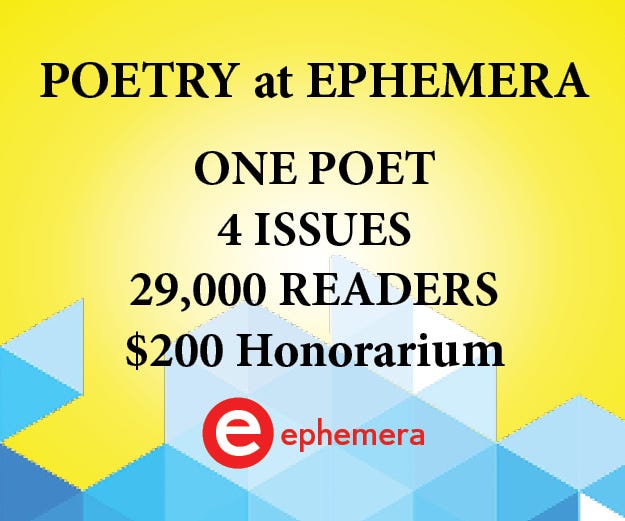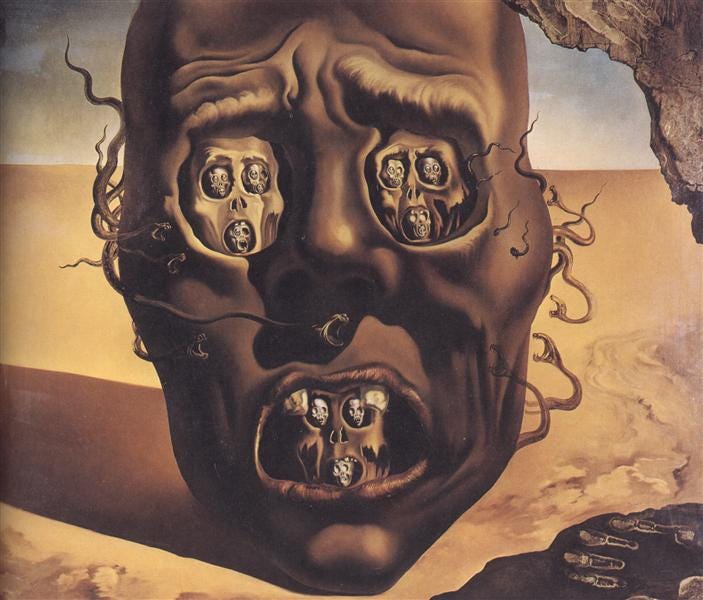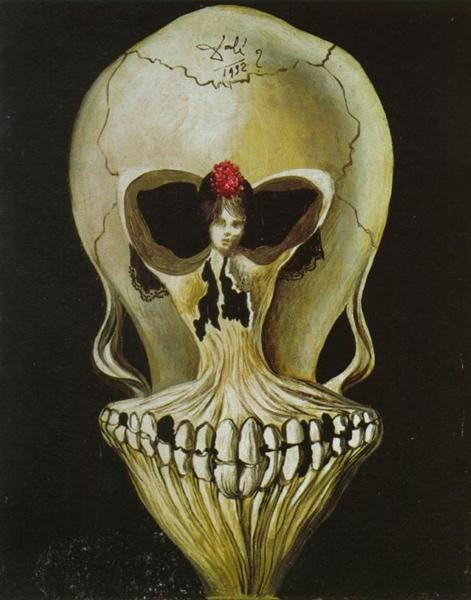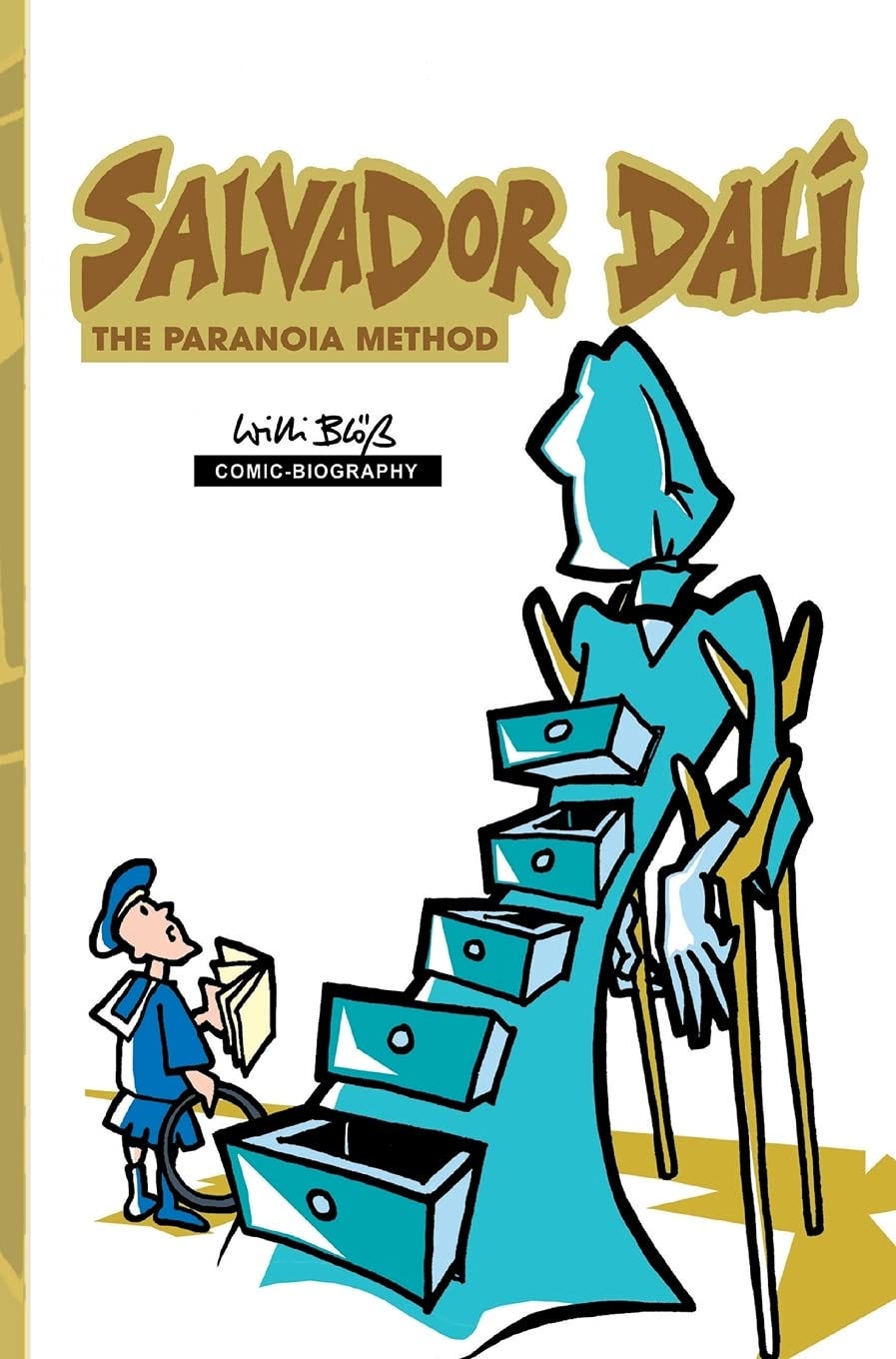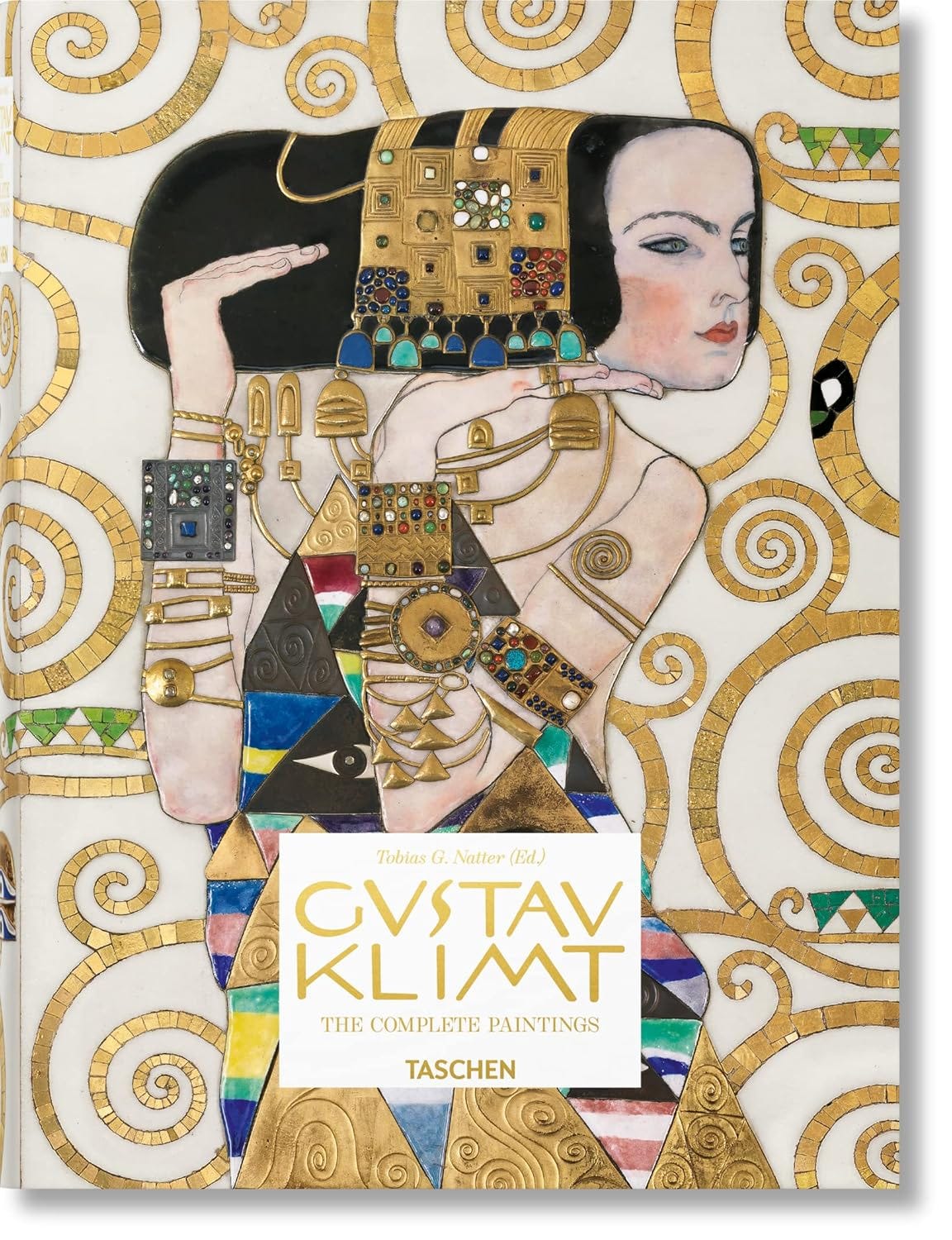Welcome to the Ephemera Newsletter free edition, Sāthīharū (Nepali for “friends”)
Thank you to all who submitted to poetry in August for our October issues and especially to our finalist, Jack Stewart who will be the poet for the month of October! You can review their poems altogether once they publish as well as artist statement and bio on this dedicated post on our Substack page. We thank you for checking out Jack’s work.
On to our standard content matters: Won’t you please check out last month’s free issue if you missed it.
And here are some reminders:
Monthly Invite to Submit: Submissions are in for the November issues. We look forward to reading! We are open for December now. October 30 is the deadline. If you are a paid subscriber to Ephemera, you can submit to poetry @ Ephemera for free as a membership perk! Free subscribers and anyone else can submit, too, with the reading fee and can submit up to 10 poems. Paying the reading fee will grant you 1-month paid access to Ephemera’s full letter. Learn more or:
In Brief…this week’s features:
Thoughts on Dali’s scarier surreal art.
Listening to The Knife and their track “Heartbeats”
September’s poet, Jack Stewart’s first of four poems, “Sleepwalking to the Guestroom”
Our weekly lists:
3 magazines with open calls
3 awards/prizes
3 recent job listings for editors and writers.
More ephemera: check out our Interesante Section, where we present an article or site or interesting bit of info—sometimes a study, sometimes a video, sometimes an interactive site, sometimes an experiment.
In this issue, we present a simply optical illusion site which serves as a break from thinking while asking us to think about layers in our writing.
Book Recs, bonus content, and our mini-essays to start!
Last Month’s Free Issue.
Merci. Danke. Kiitos. 고마워 Go-ma-wo. Cảm ơn. Xiè xiè.
Ephemera
Dear Readers,
For a minute we’ve neither storms nor surges to worry us. Back to our thinking and grappling with our letters, despite the scarily model fall puffs and zephyrs. Suddenly, it’s too nice to be inside, turning yet further inward, in-in-in, past the ash of our creative negligence—whoops, there goes a once-good idea, yipes, an abandoned sketch—bottoming, digging, where then we find the embers we thought more rechargeably stoked that, despite this too-nice day, all these alacritous dog-walkers and hand-holders marching by—even the dang cafe-loungers do so with a liveliness and joie that we might ditch everything and without caution or any good sense order a steam of cappuccinos in order to just be as they are as we perceive them (thump-thump)—we must be in our creative headspace. Be the thing. Be the thing. And from that, we dearly hope or hopefully now trust, be delivered into the space of our productive heart. Pump-pump-pumping as we want, as we expected, a spiel of words all in fantastic taste.
“It is good taste, and good taste alone, that possesses the power to sterilize and is always the first handicap to any creative functioning.”
—Salvador Dali
Err. Maybe not tastiness. Well, certainly we must strive for a tastiness in our words! But not, as such, in good taste of the land. Wanted: the home made taste. That can’t put your finger on why this meal your other made is so good but you know it’s better than nearly any restaurant taste. That’s the trouble, isn’t it. We can get out something nigh gorgeous and recoil and refuse to weirdify it despite knowing it might just sound the way we once heard another thing sound, sounding like a previous nother thing, sounding as good as good is meant to sound, sound the keepers, sound the censors. Maybe it’s weird season—spooky times, the lawn figures and door-art say—and so, linking arms with Dalí, this week’s artist, we notice his quote above, and try something that risks being in bad taste. Too much in good taste leads to everything being bland, uniform, unmentionable. Publishing produces two great forces that affect us: the urge to replicate things that are great and or that which worked while also compelling us toward lovable novelty. We’re sort of the “let’s risk perishing” camp. Be unbound in the creative process. Risk scaring yourself. Deliver the gasps or nose wrinkles or venomous glares in your writing circle. At least start there. Given the ubiquity of taste, it’s easier to move into the light then cross from light to the Dalían, paranoiac dark. Craft boundless. Edit for your reader.
Kr̥tajñatā.
(Gratitude)
Poetry by Jack Stewart
Sleepwalking to the Guestroom I woke to the rattle Of the headboard In a room I did not Go to bed in, our guestroom, So the flowered curtains, pale Yellow in the moonlight, The standing mirror black and empty, Were not unfamiliar. It was apparently where I needed to go, not out Of the house but to the room That said this is not your home. The headboard rattled because My parents had never slept there To know a bolt was loose, And guests do not report anything But a good night’s sleep. It was my duty to do the same, Now understanding what the future Would hold, the strangenesses To enter and grow into, No matter where I would live, No matter what nights I woke to, What moonlight I would have To make mine.
Music: The Knife
We love this track. For us, one of those songs ingrained in time and place that brings us back to an important ‘then’ while also (as long as you don’t overplay it) being easy to return to at any time, delivering and delivering. Electronic duo, The Knife, featuring Olof Dreijer and Karin Dreijer (brother & sister), record in Stockholm and, to our knowledge, released their own music from their own label early in their career. That latter fact makes sense given how they seem to have never conformed to a genre or, seemingly, to sell records and tours. Uniquely them, as it were, they’ve been performing together since 1999 with a few breaks, and we came to know them mainly for this track off of their second album, Deep Cuts. This track, “Heartbeats,” we find cuts across a lot of friend groups, disparate folks with a range of tastes in tunes. Oddly, a fact that we’ll discuss next issue in greater detail, many folks know this track from a very popular cover from Jose Gonzalez—his cover has a great video associated with it from a T.V. commercial. We’ll show you.
“Both under influence
We had divine sense
To know what to say
Mind is a razor blade”
—The Knife, “Heartbeats”
Until then, cutting to the chase, we’re not sure what to extract exactly as writers other than this song has a timelessness to it, blending sweet and sour and nostalgia and torrid memory-still-close-to-experience. That last part might be it. It’s real. It’s not real real, but it feels real. It captures some tiny component of reality so well that you can find yourself catapulted there, to where the singer is, or away to where you once were, to whatever memory the song triggers for you; its opacity and rhyme is its strength in many ways. The experience isn’t hyper real; hyper real seeks to produce a real, known thing very close to exactitude such that it threatens to become the thing. With “Heartbeats” it’s not meant to become the event. It’s not a replica or simulacrum. Closer to an ode, it wills you there through imagination and proximity and the magic of getting transitions and movements within a song to be so compelling, to feel so right, that it you wonder if it’s perfect in that sense. We think there’s some kind of well-crafted-kinship, in that sense—how the movements and timing are perfect—with the Radiohead song we discussed in issue Oct.1, 2022.
We suppose the track aims at pop. And it uses the chorus and verse and subject matter, to an extent, as pop would or might. But the lyrics don’t pander. And the movements are more complex than you’d expect. And they don’t thrill. The last few notes offer an abrupt end. Pop might have gone on or ended sweetly. It’s produced with free software and the recording sort of bears that cross. Yet, it’s somehow so well crafted. Be great at craft. Have perfect timing. Use some immensely impactful figurative language: “We had divine sense to know what to say…mind is a razor blade.” That’s fantastic.
Writers Submit: 3 Magazines
Alaska Quarterly Review is one of the most well respected quarterly journals out there. Right now they’re reading Poetry. They have staggered open and close deadlines for each genre. DEADLINE, OCTOBER 21
Shift is the all genre and art publication of Ringling College, financed by John Ringling of the Ringling brothers in Sarasota, Florida. They are reading in all genres. DEADLINE DECEMBER 31
The Meadow is Truckee Meadows Community College’s annual print journal, which has published many great writers in all genres. They’re reading all genres now, and distribute on campus, as well as the city of Reno, Nevada. DEADLINE JANUARY 16
Weekly Artist: Salvador Dali
We’re revisiting the Spanish-born Salvador Dalí with the express purpose of exploring some of his more “paranoid” works, at least as we see them. Sort of the season (spookiness abounding, if you believe in such things), sort of general intrigue in the idea of paranoid art. Also, revisiting big artists allows one to move away from their most known works, in this case Dalí’s surrealist mainstays (e.g. The Persistence of Memory), and into under-the-radar creations. We’ve led with Lobster Phone above, which, while fairly known, is not as prominent as his paintings. Surrealism, if one recalls, tends to challenge conventional perceptions of reality by focusing on dreams and the subconscious for subject matter, as well as techniques that challenge literal interpretation. Generally, Lobster Phone falls into the surrealist category, however, there’s a distinct current of fear and paranoia delivered—that one might be pinched unexpectedly if one were not paying attention; or that, more metaphorically, unexpected and injurious news might be delivered via phone call.
When delving into themes such as sex, death, and the subconscious, we suppose that might intrinsically lead to anxiety, and these are all common themes of exploration within Dalí’s art. But Dalí purpose cultivated paranoia as means to creativity. He dubbed his efforts paranoiac-critical method, whereby he would explicitly catapult himself into a paranoid state with thoughts of being controlled or manipulated, and a questioning of self—how can one know what they know and how can one be sure they are what they at any point assumed they were; truly deconstructing his identity. It’s said that this technique enabled him to find links between objects and ideas that wouldn’t rationally be connected (maybe a lobster and a phone). It also fueled many of his, what we’re calling, creepier works around death, skulls, and female imagery.
“…spontaneous method of irrational knowledge based on the critical and systematic objectivity of the associations and interpretations of delirious phenomena.”
—Salvador Dalí on his paranoiac-method, from salvadordali.com
As writers, we’ve not really ever thought about using prescribed methods. Yet, in many ways, we adhere to schools of thought and aesthetics as purveyed by prestigious institutions, thought leaders, top publishers, and “soundiness” vis-a-vis somewhat difficult-to-describe though certainly affecting writing trends. For instance, everyone tends to know what a New Yorker poem or short story is or at least sounds like. There’s a certain ring to Pulitzer winners. Those of us who’ve been to workshops know the group-think and group-critique that inexorably elbows its way into the space of even conscientious and vigilant writing groups. We’re talking style, though there’s more noticeable trends in subject matter and theme. What if we thought about how we come up with sounds and sentence fragments more explicitly, at least on occasion? Just another process to add to our arsenal of tactics. We like this idea.
It’s akin to method acting—doing the physical research so that the body can speak from experience. You could literally put yourself into a dangerous neighborhood in order to inflect paranoia on yourself. (this is not advice). More to the point, why couldn’t we think our way into a state of mind—any state, not just paranoia—to then inhabit that physical memory such that it provisions our pen tips, finger tips, tongue tips? We do this intuitively at times, it must be so. But let’s think about it more explicitly. Let’s consider entering the state we want to write about if we have block or uninspired drafts. That might mean we deploy a drink or a toke or a totem or a visit to a particular spot. We are artists. Let’s do what comes to mind and be confident in our purpose. We suspect that doing so will lead to more eccentricity—mustachio de Dalí—and more nuance, more excitement, less regression-to-the-mean. We must have will.
Dali Museum in St. Petersburg, FL
Interesante: Procrastination is Emotional?
From: BBC.com
— (6 min read)
It’s perhaps little wonder that research by Fuschia Sirois has shown chronic procrastination – that is, being inclined to procrastinate on a regular, long-term basis – is associated with a host of adverse mental and physical health consequences, including anxiety and depression, poor health such as colds and flu, and even more serious conditions like cardiovascular disease.
Newish and ongoing research connects procrastination with emotional processes rather than a lack of time management skill. That said, maybe it’s not budgeting time for your emotional mishaps, one could say. But the cause is the emotions, needing a hit of something good in the short term causing one to tack on time to one’s project. The moral, be better emotionally regulated and you’ll find less enjoyment in getting sidetracked. —Procrastinate by learning about procrastination
Prizes/Awards/Stipends Winter ‘24
Jake Adam York Prize gives $2,000 and publication through Milkweed Editions to one winning poetry manuscript. Copper Nickel magazine hosts the prize and has other opportunities for publication. $2k + Pub. $25 fee. DEADLINE OCTOBER 18
Fish Publishing Short Story Prize awards €3,000 and publication to a short story of 5,000 words or less. The Irish publisher also pays runners up and all submissions are considered for publication. €3k + Pub. €22 Fee. DEADLINE NOVEMBER 30
Meadowlark Books awards $1,000 and 50 copies for a poetry manuscript. They also offer other publication opportunities for fiction and nonfiction. They have published over 50 books. $1K + 50 Copies. $25 Fee DEADLINE DECEMBER 1
Bookstore: Guides, Gifts & Classics
Please consider supporting our letter and literature by buying books. It helps us and others! Bookstore via Bookshop.
Dali and Paranoia Method:
Last Month’s Book Rec:
»»»Remember last week’s letter has urgent deadlines!«««
Thank you for subscribing to Ephemera. We appreciate your support very much! It means a lot to have you as a reader and paid subscriber. We look forward to growing the letter and bringing you new content and conversation along side our staples. At present, we’re considering creating a book volume containing a large part of our content, including artwork and essays. We’re also considering other projects, such as a monthly podcast, mini-videos, and a Q&A with our editors. Let us know if you have any ideas on how we can improve.
~~~Alavidā~~~
(Goodbye)
*
*
*
**Select Job Postings**
Wilen: Copywriter. FT. 3 Yrs exp. $85k. Dearfield Beach, FL.
Yale: Sr. Library Admin Asst. 2 Yrs Exp. ~$50k. New Haven, CT.
Lowe’s: Copywriter. FT. BA+ 3-5 yrs exp. ~$80k. Mooresville, NC
Ephemera Programs
Poetry at Ephemera:



